
SCRAP
We import scrap metal by ships in quantities that vary from 1,500 tonnes to 45,000 tonnes from different sources for supply to the different steelworks located mainly in Europe. We also export to different alternative markets, which stand out for their import of iron scrap, such as Turkey, Morocco, Egypt, etc.
In order to provide added value to our suppliers and customers, we offer them the option of financing different commercial transactions, as well as to carry out the management of the chartering of ships, “mini bulkers” and Handysize (between 10-40,000 tns) in particular, and other additional services such as the fixing of prospective freight in order to minimise the financial risk inherent in maritime transport.
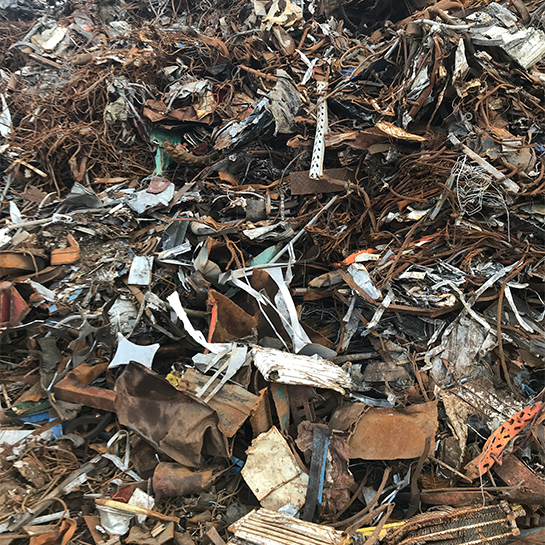
• OLD THIN STEEL SCRAP – E1
Old thick steel scrap, predominantly less than 6 mm thick in sizes not exceeding 1,5 x 0,5 x 0,5 m prepared in a manner to ensure direct charging. If greater density is required it is recommended that maximum 1 metre is specified.
May include light vehicle wheels, but must exclude vehicle body scrap and domestic appliances.Must be free of rebars and merchant bars, free of metallic copper, tin, lead (and alloys), mechanical pieces and steriles to meet the aimed analytical contents.
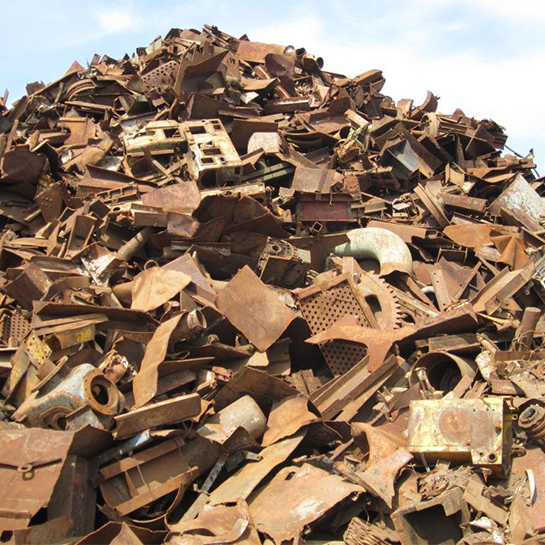
• OA – DEMOLITION SCRAP – E3
OA-Demolition scrap, predominantly more than 6 mm thick in sizes not exceeding 1,5 x 0,5 x 0,5 m, prepared in a manner to ensure direct charging. May include tubes and hollow sections.
Excludes vehicle body scrap and wheels from light vehicles.
Must be free of rebars and merchant bars, free of metallic copper, tin, lead (and alloys), mechanical pieces and steriles to meet the aimed analytical contents.
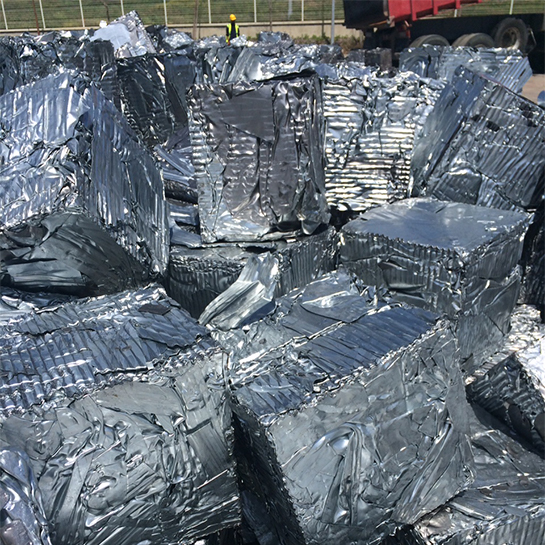
• NEW PRODUCTION STEEL SCRAP IN BALE – E6
New production steel scrap in bale (less than 3 mm thick) compressed or firmly baled in a manner to ensure direct charging. The steel scrap must be uncoated unless permitted by joint agreement.
Must be free of metallic copper, tin, lead (and alloys), mechanical pieces and steriles to meet the aimed analytical contents.
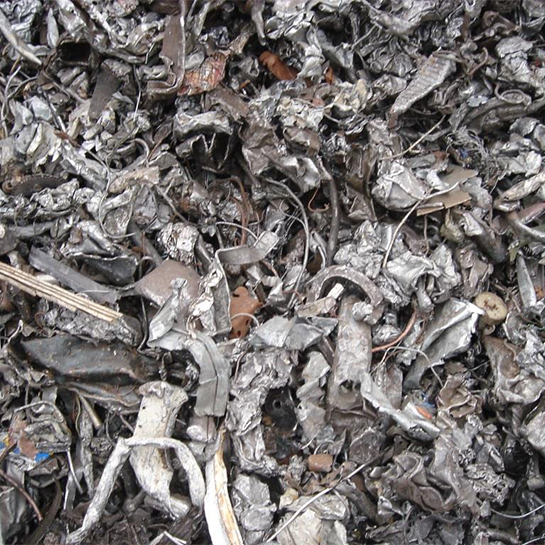
• SHREDDED STEEL SCRAP – E40
Old steel scrap fragmentized into pieces not exceeding 200 mm in any direction for 95% of the load. No piece, in the remaining 5%, shall exceed 1000 mm. Should be prepared in a manner to ensure direct charging. The scrap shall be free of excessive moisture, loose cast iron and incinerator material (especially tin cans).
Must be free of metallic copper, tin, lead (and alloys), mechanical pieces and steriles to meet the aimed analytical contents.
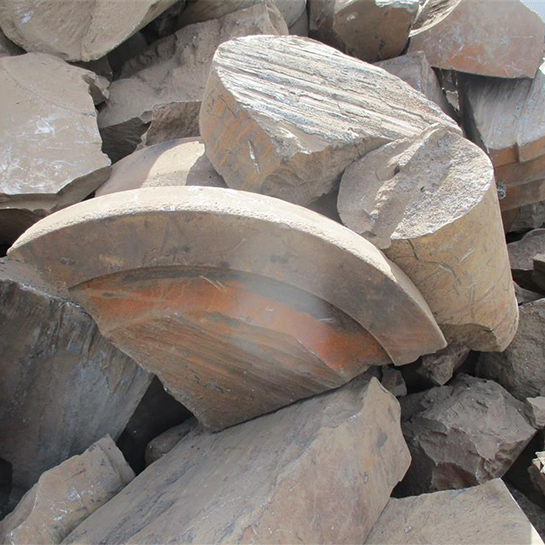
• BROKEN CYLINDER BLOCKS
Broken pieces of rolls prepared in a manner to ensure direct charging. This material has a certain content of Nickel and Chrome.
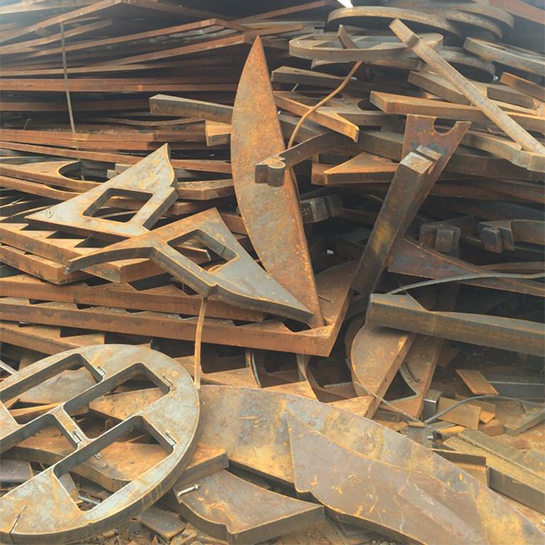
• NEW PRODUCTION STEEL SCRAP – E2.
New production steel scrap predominantly less than 3 mm thick prepared in a manner to ensure direct charging. The steel scrap must be uncoated unless permitted by joint agreement and be free of unbound ribbons to avoid trouble when charging.
Must be free of metallic copper, tin, lead (and alloys), mechanical pieces and steriles to meet the aimed analytical contents.
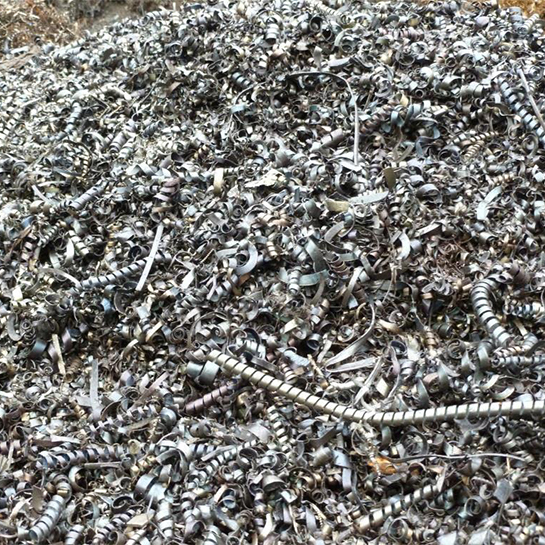
• STEEL TURNINGS – E5 H.
Homogeneous lots of carbon steel turnings of known origin, free from excessive bushy. Should be prepared in a manner to ensure direct charging. Turnings from Free Cutting Steel must be clearly identified.
The turnings must be free from all contaminants such as non-ferrous metals, scale, grinding dust and heavily oxidized turnings or other materials from chemical industries.
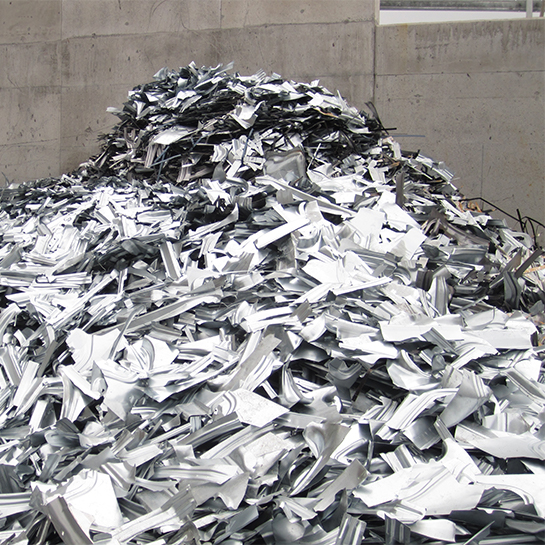
• NEW PRODUCTION STEEL CUTTINGS SCRAP – E8 H.
New production steel cuttings scrap predominantly less than 3 mm thick prepared in a manner to ensure direct charging. The steel scrap must be uncoated unless permitted by joint agreement and be free of unbound ribbons to avoid trouble when charging.
Must be free of metallic copper, tin, lead (and alloys), mechanical pieces and steriles to meet the aimed analytical contents.
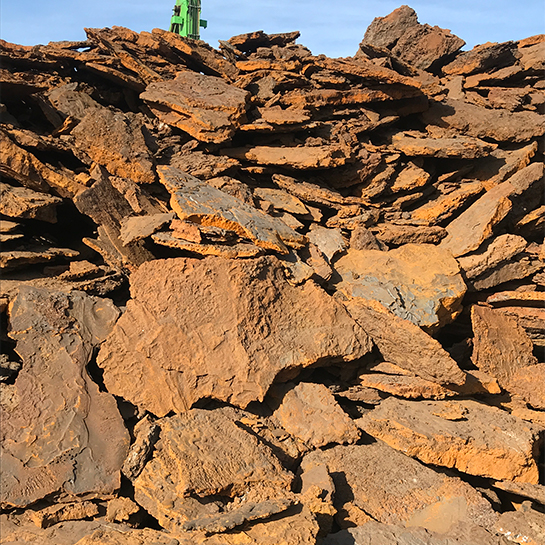
• CARBON SKULLS.
– Chemical analysis:
| Fe | C | Si | Mn | P | S | Cu |
| 94% | 4-4,5% | 1% Max | 0,35-0,50% | 0,08 % Max | 0,05% Max | 0,015% Max |
– Other Specifications:
- Fines: Maximum of 1%
- Slag: Maximum content of 1%.
- Weight per piece; 350-750kgs (min.90% of total lot), max. weight of 900kgs (10%)
- Thickness per piece: between 250-300mm.

• INCINERADA FRAGMENTADA – E46.
Chatarra de acero ligera usada, predominantemente menor de 6 mm de espesor en tamaños que no sobrepasen 1,5 x 0,5 x 0,5 m preparada de tal forma que permita la carga directa. Si se requiere mayor densidad se recomienda que se especifique una longitud máxima de 1 m. Puede incluir ruedas de vehículos ligeros, pero debe excluir la chapa de vehículos y electrodomésticos. Debe de estar libre de corrugado y perfiles comerciales, así como de cobre, estaño, plomo (y aleaciones), piezas mecánicas e impurezas.
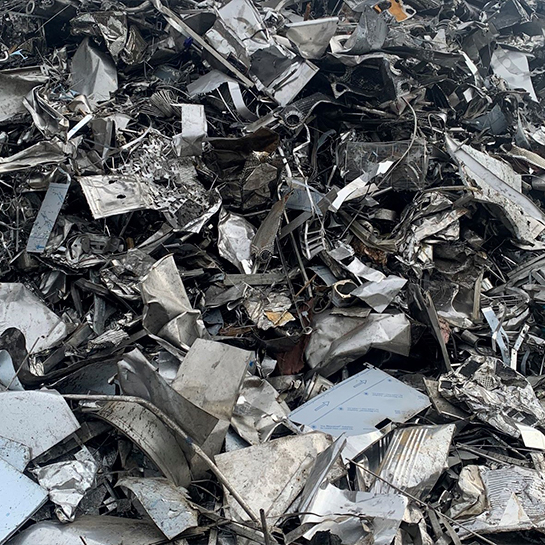
• 304 SOLIDS.
| Cr | Ni |
| 17,5-19,50 % | 8 – 10,5 % |
Mixture of cuttings, stampings, billet scrap, bales, etc. of stainless steel of grade AISI 300, containing Nickel, Chrome and AISI 400 alloys to ensure the analysis.
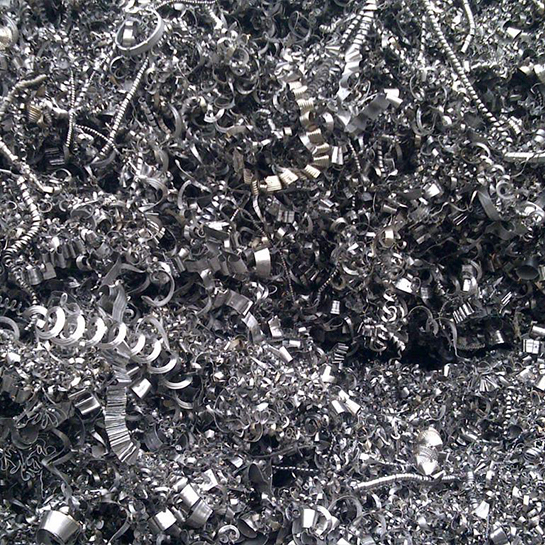
• 316 TURNINGS.
| Cr | Ni | Mo |
| 16,5- 18,5 % | 10 – 13 % | 2 – 2,5 % |
Turnings as a result of the machining of stainless steels of grade AISI 300 with Molybdenum.
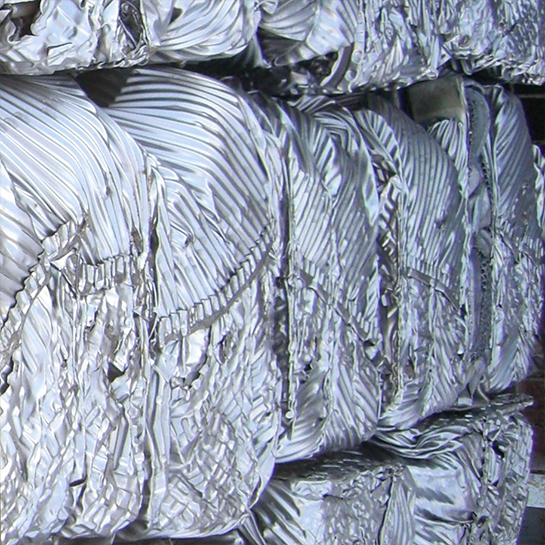
• TITANIUM BALES.
| Ti | Al | V |
| 90% | 6% | 4% |
Heavy pieces from 3 kg to max. 30 kg each, clean, without attachments packed in maximum 25 x 25 cm bales.

• 316 SOLIDS.
| Cr | Ni | Mo |
| 16,5- 18,5 % | 10 – 13 % | 2 – 2,5 % |
Mixture of cuttings, stampings, billet scrap, bales, etc. of stainless steel of grade AISI 300, which may contain Nickel, Chrome, Molybdenum and AISI 400 alloys to ensure the analysis.
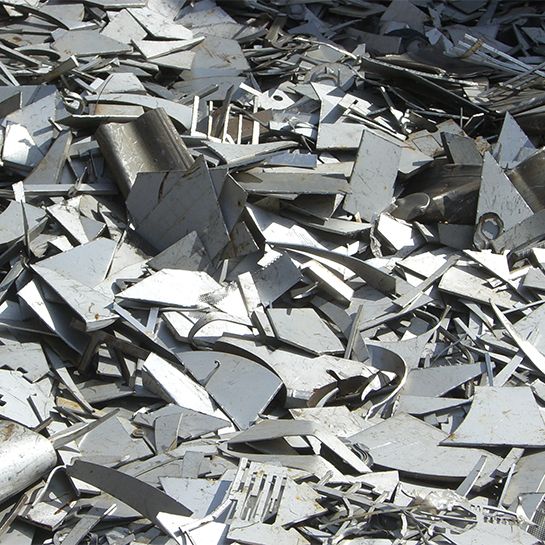
• DUPLEX.
| Cr | Ni | Mo |
| 21 – 23 % | 4,5 – 6,5 % | 2,5 – 3,5 % |
